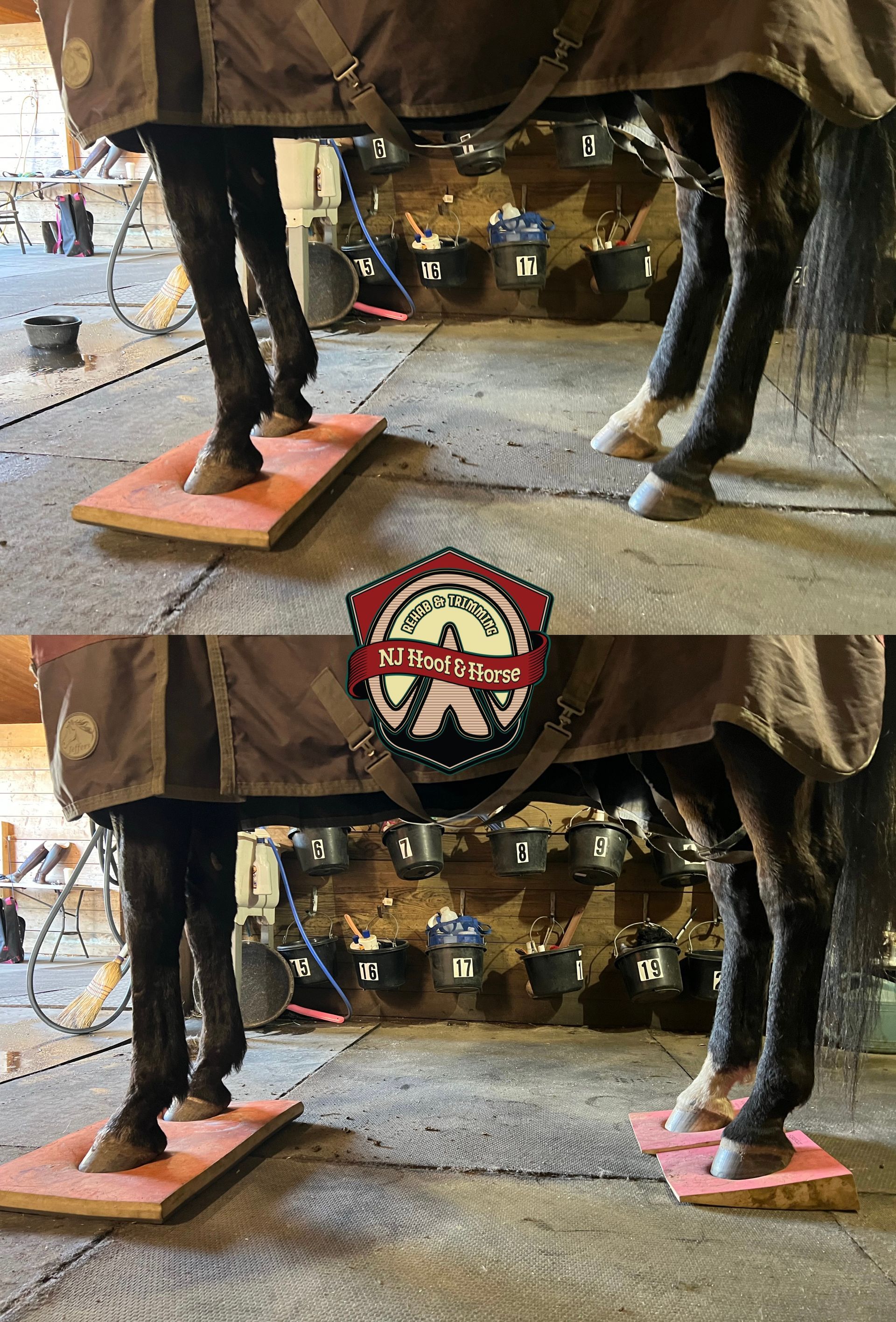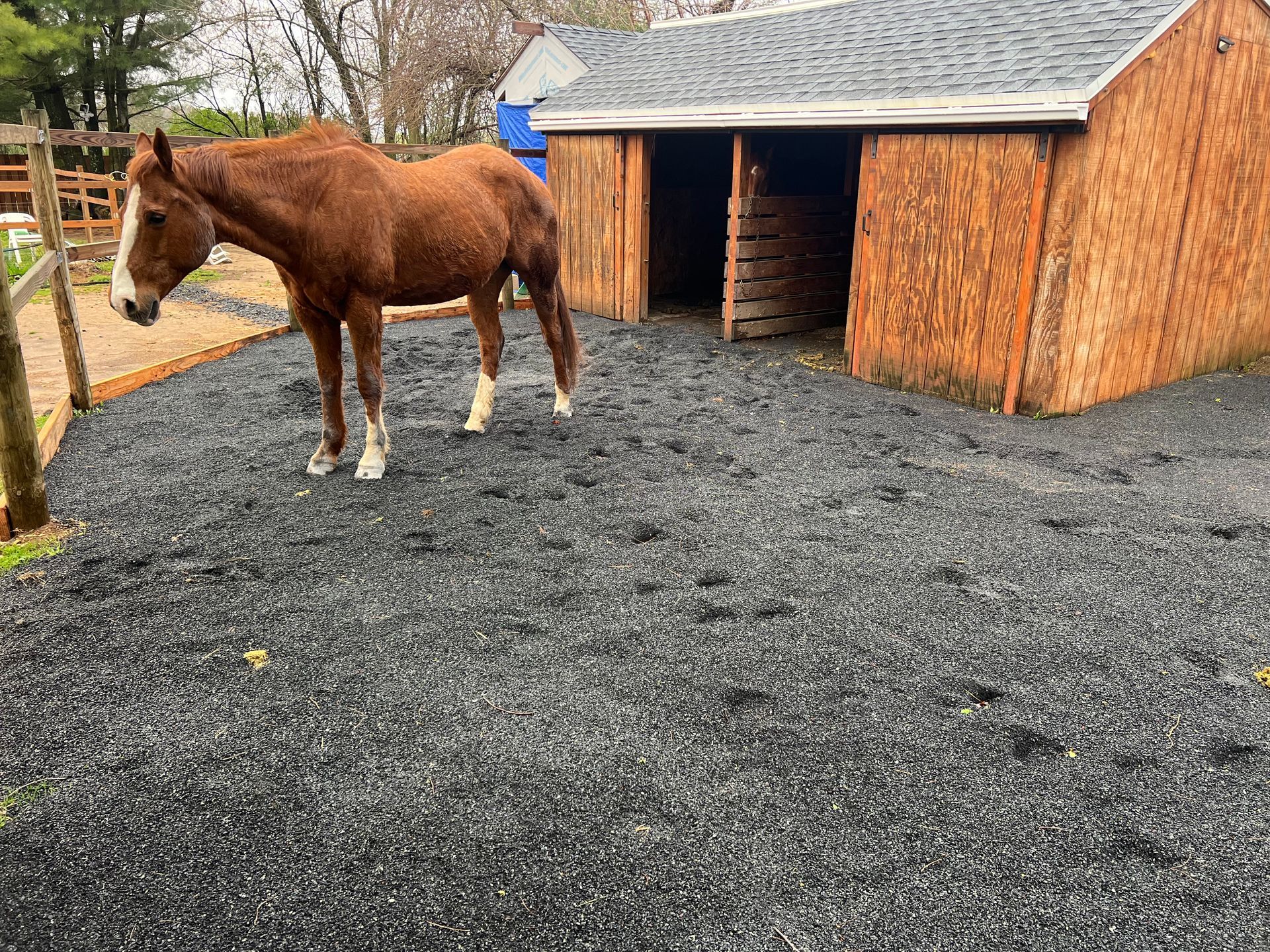Acute and Sub-acute laminitis
One Minute Discussions #60
Discussing Natural Hoof & Horse Care
ACUTE & SUB-CLINICAL LAMINITIS
When you think of the word laminitis what comes to mind? Perhaps pain or inflammation? Changes in the hoof from grain overload and poor nutrition? Those are all of the things that lead to laminitis, but what comes to my mind is “toxemia”… the initial cause of almost all laminitis. Things like grain overload and bacterial infection leads to acute laminitis, meaning the horse has sudden pain and inflammation in the hoof within days or even hours of eating too much grain or getting an infection.
But we always tend to miss sub-clinical laminitis. This is a term used to describe laminitis that has been present for quite some time but didn’t show any dramatic signs. For example extremely thin soles, or event lines, or an occasional abscess. The problem is slowly developing and then one day something tips the horse over the edge into full-on pain.
To illustrate, imagine you’re filling up a cup with water from the faucet. If you were to turn on the faucet to the maximum level, what would happen? The cup will overfill within seconds. This is what acute laminitis looks like… the toxemia levels in the horses system become sky high within a short period of time and the horse ends up with acute pain.
Now what would happen if you turned on the faucet to a minimum level? Eventually the cup would still overflow, but it’ll take more time. The same goes with sub-clinical laminitis. There’s no dramatic signs, but the problem is still present and eventually the last drop will overfill the cup.
Keep on the watch for sub-clinical laminitis!
https://www.facebook.com/groups/403518701681330/permalink/592226792810519/

